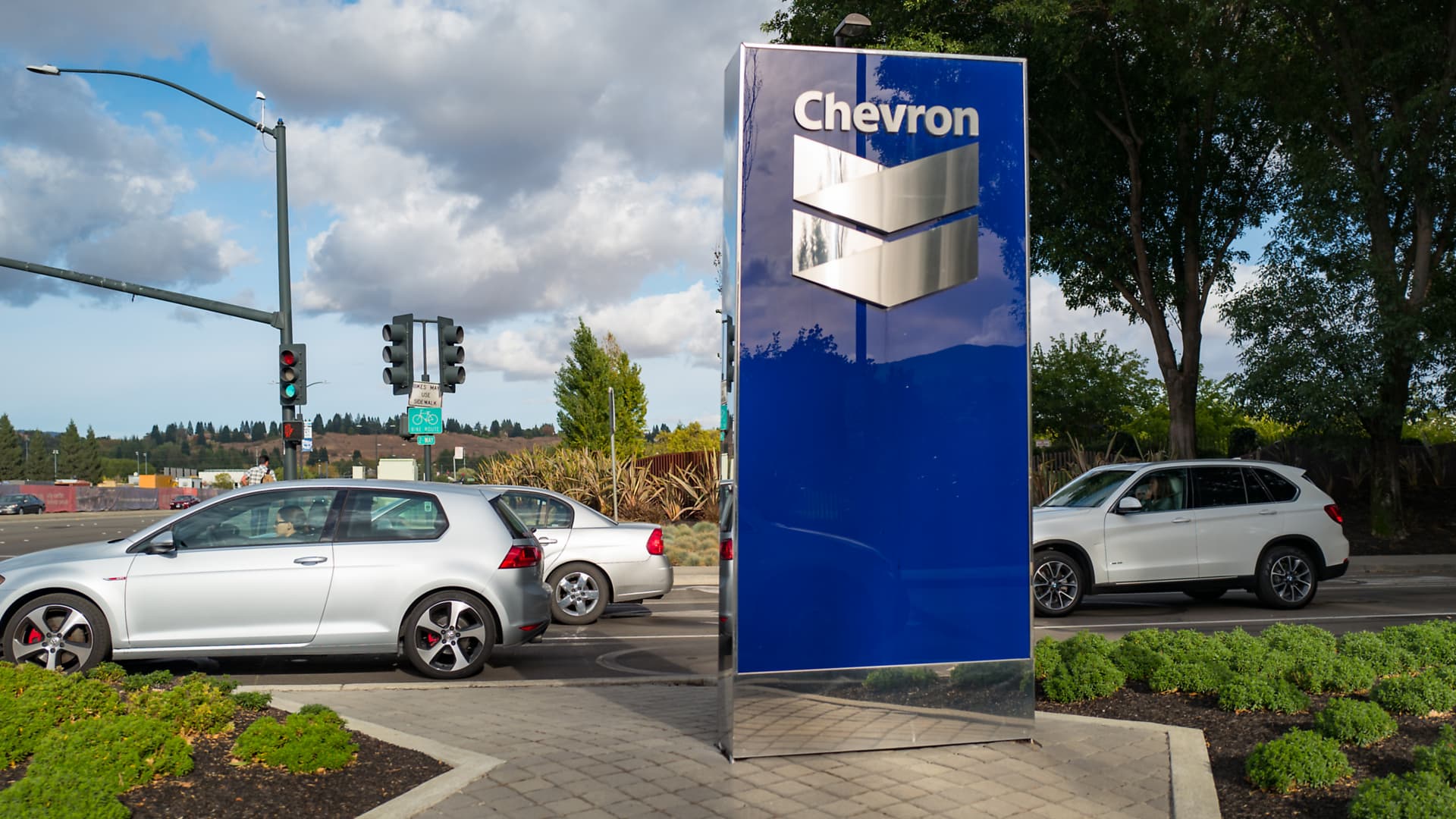From Iceland to Alaska to France, NREL geoscientist Amanda Kolker has studied geothermal energy all around the world. After graduating with a bachelor’s degree in geology, Kolker went to study volcano and glacier interactions in Iceland but was quickly distracted by Iceland’s vast geothermal energy systems.
As an earth scientist, climate change has been on Kolker’s radar for most of her life, so studying geothermal energy was the perfect combination of her interest in earth science and passion for tackling climate change. Now at NREL, Kolker has brought her global perspective to help improve our understanding of geothermal resources and expand our utilization of those resources such as for heating and cooling.
Bringing Lessons Learned to NREL
After her travels, Kolker came to NREL to continue combining her passions for geothermal energy and tackling climate change. Kolker has worked on a variety of projects ranging from resource assessments to techno-economic analysis of geothermal district heating systems.
Now, Kolker is working on an exciting new international project, working with partners in Iceland and four other European countries to explore “supercritical” energy resources and systems and apply lessons learned to demonstration sites in Iceland and Oregon. Because supercritical resources may be able to produce 10 times the amount of energy from one well as a typical geothermal plant, it would be extremely beneficial to tap into these resources.
Looking Beyond Iceland
Kolker dedicated the next phase of her career to exploring for geothermal resources, earning a Ph.D. from the University of Alaska. There, she helped develop the lowest-temperature geothermal resource in the world for a combined heat and power microgrid in Alaska.
That system uses one resource to generate electricity, heat greenhouses and log cabins, and cool an ice museum. Her Ph.D. research and subsequent consulting work focused on looking at replicating that approach at other geothermal systems near remote communities in Alaska with high costs of power, high costs of heat, and low energy resilience.
Many years later, Kolker moved to France and witnessed how lower temperature geothermal resources were used for agriculture, industry, and to heat and cool districts. Many European and Asian countries use shared heating and cooling systems; studying these French systems helped Kolker bring key lessons back to the United States.
“If we want to better utilize the vast potential of geothermal energy in the United States, we need a bit of a paradigm shift,” Kolker said. “Renewable heating and cooling technologies should be given the same degree of attention as renewable electricity technologies, as heating and cooling accounts for up to 40% of U.S. energy demand. That demand is still mostly met by combustion of fossil fuels, producing temperatures well above what is typically needed.”
Leveraging Industry Partnerships
Assessing characterization and use of earth’s subsurface resources, she is keeping an eye on the relationship between the fossil fuel and geothermal sectors, as oil and gas companies have useful subsurface data that the geothermal energy sector needs.
She has seen how government involvement in countries like Japan, France, and Iceland have pushed geothermal heat and power projects through to development, and Kolker is excited to see how DOE will continue to help push geothermal energy research to take off even more.
From her global travels, Kolker has been inspired by several things, including:
- Collaborations among subsurface industries
- Governments taking on risks
- Focusing heavily on heating and cooling
- Geothermal Combined heat-and-power (CHP) microgrids for energy resilience.
Notably, Kolker was highlighted in DOE’s Women in Energy series and recently published 2021 U.S. Geothermal Power Production and District Heating Market Report, along with her co-authors.
Learn more about her colleagues and NREL’s geothermal research.
Article courtesy of National Renewable Energy Laboratory (NREL).
Featured photo by Matt Palmer on Unsplash.
Appreciate CleanTechnica’s originality? Consider becoming a CleanTechnica Member, Supporter, Technician, or Ambassador — or a patron on Patreon.


